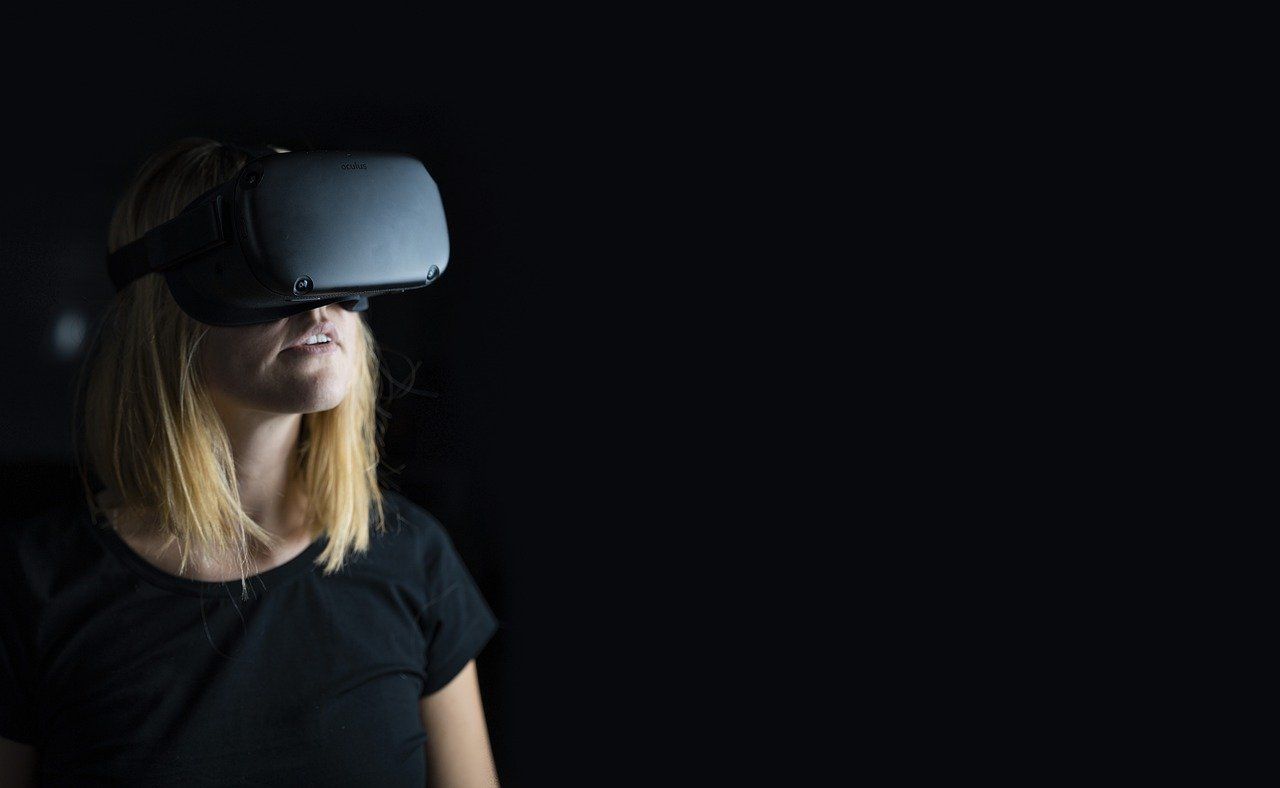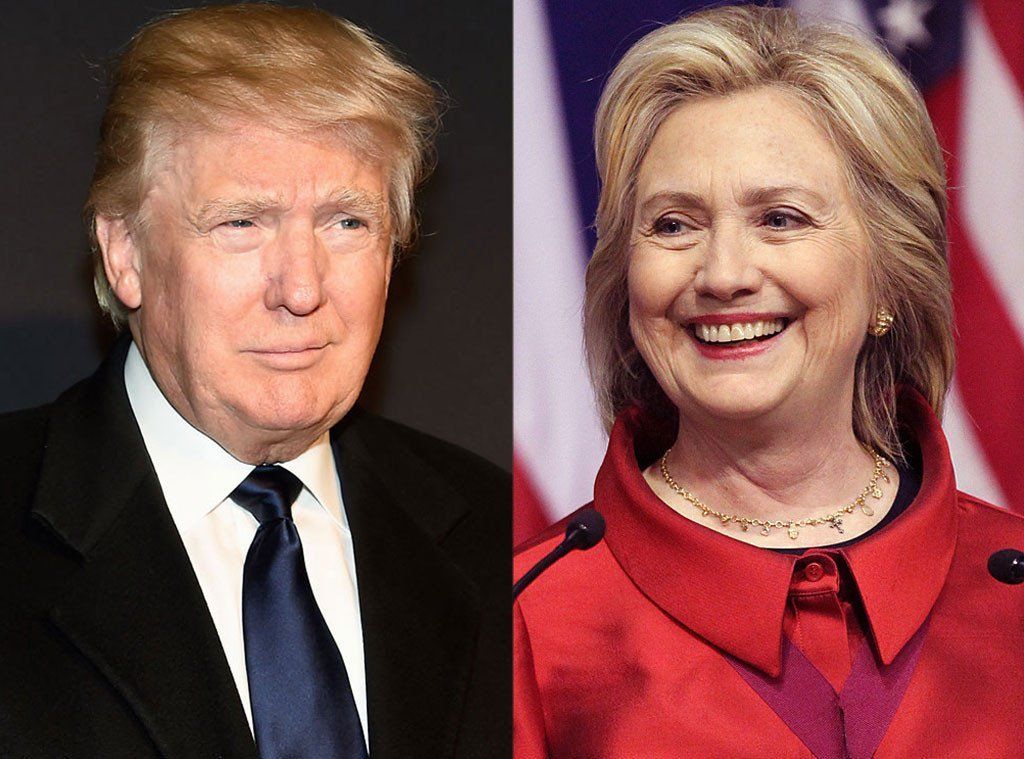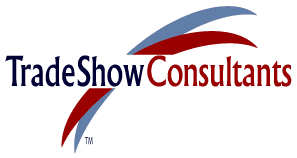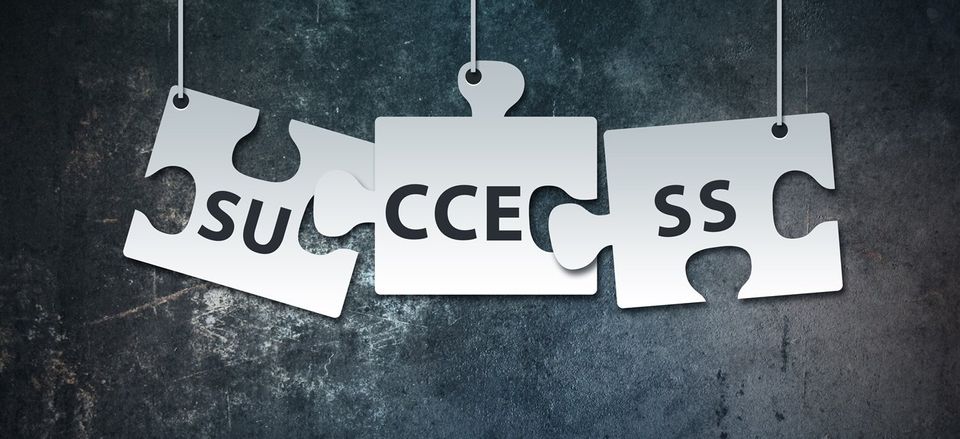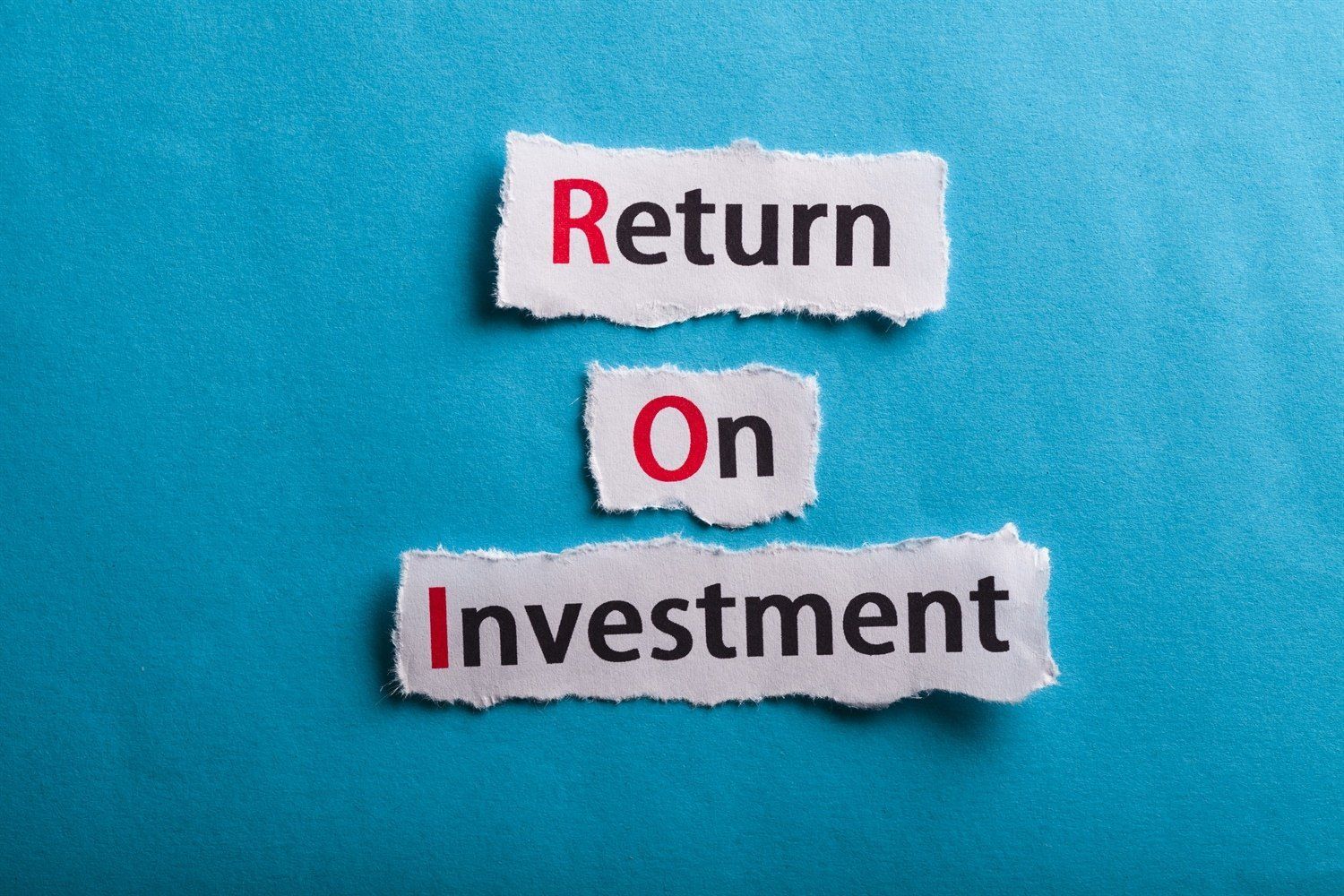Essence of Message
The trade show exhibit floor is often a collection of sights, sounds, cultures, textures, and emotions experienced as an attendee navigates the carpeted aisles lined with exhibitors in search of knowledge, confirmation and motivation.
Although trade show attendance overall has declined over the past few years, the fact remains that those who are selected to travel to an event by their cost conscious organizations represent a higher level of decision maker with a more focused search of important specific information.
The time and money efficiencies offered an attendee at a trade show in researching, identifying, and discussing real solutions to real problems are far above any other form of requesting, evaluating and acquiring required product and service information.
Along with an organization’s more careful selection of their trade show attendees, the professionals chosen will often come to the event with detailed assignments and specific goals to research, inquire, and understand critical new products and services.
Additionally, after products and services are identified and tentatively accepted, these super trade show attendees will also want to meet an exhibitor’s management team in attendance to begin the process of building strong relationships and gaining personal commitments that promise to maintain a high level of quality customer support should they decide to purchase.
Exhibitors’ Challenge
In order to become more successful in today’s competitive economic trade show environment, an exhibitor should be prepared to refocus efforts, attention, and energies to more effectively and efficiently attract, communicate and engage today’s new trade show super attendee.
Identify Your Targeted Prospect
The process of improving your trade show exhibiting results begins with identifying and understanding your targeted attendee. How many will attend the show? What specifically will they want to see? What should they learn about your products and services? And who is best qualified in your organization to answer their questions and begin the sales process?
A key to success is to attempt to simplify your product and service messages for quick and direct communications and avoid too many diverse messages that will in the end confuse prospects. Multi-divisional corporate exhibitors often compromise their trade show effectiveness by trying to present too many product messages at one time only to lose out to their competitors who present single, powerful more complete messages directed at only targeted super attendees. It might be beneficial for multi-divisional corporate exhibitors to purchase separate exhibit booth spaces for each of their divisions, which adds the ability to better focus on their key products while simplifying their presentation to prospects.
Pre-show Communications
As super attendees plan to travel to a selected trade show, they usually take time to evaluate and select those listed activities of interest to attend in an effort to maximize their time and resources that add value to their experience. Any form of communications available to an exhibitor to announce, invite or communicate the benefits of visiting their exhibit, workshops, product presentations, seminars, or social events, should be researched and implemented early enough that super attendees can add them to their schedule as a must-attend activity. Continuity of communications is important for maintaining visual and content synergy from invitations through after-show follow-up, including all other forms of marketing/advertising and sales support materials that present unified supporting impressions to ensure the success of the campaign.
Exhibit on the Show Floor
The enormity of the importance of your exhibit presentation on the trade show floor cannot be overlooked or minimized because it clearly and dramatically demonstrates who you are, what you stand for, and what kind of corporate culture you represent. Virtually all of a super attendee’s senses are stimulated by your entire exhibit presentation and a real image is created in the mind of a super attendee that will influence his/her decision making process. Comparing Tiffany and Wal-Mart, Mercedes and Kia, diamonds and rhinestones, first class and economy, begins to explain how image and first impressions play a major role in a prospect’s process of developing value and commitment to purchase. In order for the trade show exhibit to successfully perform in reaching a pre-show objective of communicating from the aisle the essence of your message, its design must incorporate bold graphics displayed at heights not blocked by people visiting the booth or standing in the aisle.
The essence of the message as seen from the aisle should conform to the pre-show communications campaign. It also needs to invite interested super attendees to enter the exhibit
where they should be immediately welcomed and greeted by trained professionals assigned to booth duty. Product presentations should be intelligent and informative and lead prospects to pre-determined conclusions similar to highly trained sales procedures used by the most successful sales organizations. Next -step activities should be documented with support systems in place to deliver whatever is promised or expected within an accelerated time frame that maintains positive pressure on the selling process.
The Buck Stops Here
President Truman’s desk sign clearly stated that he was in charge and accountable for decisions made by his White House. The same today applies more than ever to a trade show exhibitor’s top executive managers pulling booth duty and demonstrating a firm commitment to leadership and excellence. A firm handshake with a super attendee from a president confirming the details of a successful product presentation by one of the professionals on duty might be all that’s needed to capture a sale and keep it from going to a competitor just a few feet away on the exhibit floor. Ted Turner’s “Lead, Follow, or Get Out of the Way” exemplifies how today’s top management can in three days of manning their booth at a trade show so clearly demonstrate a commitment to the business, its prospects and customers and all those who work with and around him/her. Management can say whatever they want, whenever they want, but as we all know, actions speak louder than words. It is a president who rolls up his/her sleeves and learns to support the business on the ground, who dives into the trade show exhibit trenches, that earns respect and admiration.
Marketing or Sales
Where the trade show exhibit function lies and who it reports to in a corporation often determines how effective and accurate the function can be evaluated, supported and gradually improved to achieve maximum desired results.
If the trade show exhibit department is within the sales support function and reports directly to a vice president of sales or sales manager, it has an opportunity to flourish as an important and effective sales producing tool because of its tactical nature and short duration of focused activity. In most cases, a trade show lasts for three days and provides immediate matter-of-fact results. Additionally, a trade show exhibit presentation is live and flexible and during the course of a show, modifications to improve overall performance and results can be easily made.
As long as the highly tactical sales function in a corporation is judged daily on sales performance, the well-managed and highly supportive trade show function that can identify, stimulate and convert new prospects to customers in the shortest amount of time will always find a home in the sales support department.
Unlike the tactical sales function, there are many trade show exhibit departments that are a part of the advertising or public relations functions within a marketing department that uses the trade show exhibit as more of a strategic communications tool for developing new markets, products, competitive analysis and establishing more long-range strategic plans as compared to sales.
The trade show exhibit function can and will do almost anything asked of it, whether strategically or tactically or both, because it represents in most cases an entire, worldwide industry with most all of its components under the roof of a convention center for only three days.
Conclusion
The trade show exhibit function has been an integral part of the world’s industry and business complex since the industrial revolution that began in England in 1750. Even before that, its extraordinary heritage goes back to the earliest of times when local merchants set up their tents and tables in the center of ancient market places to sell their handmade wares, farmed produce and traded commodities. With determination, courage, and creativity, today’s trade show exhibit programs can and will succeed. The Internet’s social media and web site marketing, public relations schemes, and provocative and clever advertising programs can also add to a trade show exhibit’s ability to deliver real and measurable results.
With the above stimulation programs, products and services that are at least competitive, professionally trained and motivated booth personnel, effectively designed and managed exhibit presentations, and an executive management team ready and able to lead by example, the future of trade show exhibiting is as bright and promising as ever.



